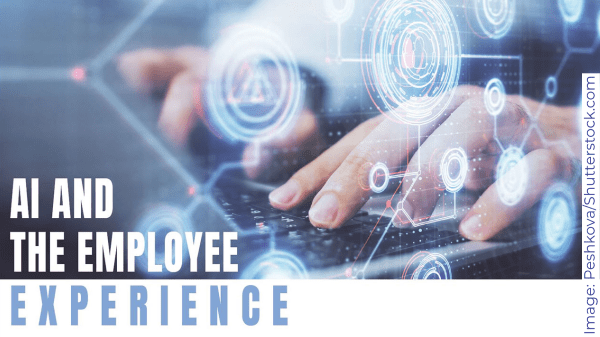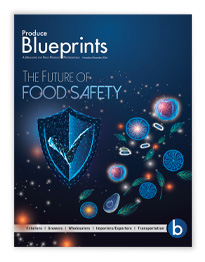Labor shortages have been a long-running issue in the fresh produce industry, at least until Covid-19 hit, and employees have had the upper hand when it comes to choosing where to work.
Employers have increasingly realized that it takes more than decent pay and benefits to attract—and more importantly, retain—employees. For millennials and younger generations in particular, the daily experience associated with a workplace is of primary importance.
A growing trend in human resources is to use technology tools such as artificial intelligence (AI) to sift through data and pinpoint employees who are unhappy and might leave, as well as recommend training or other steps to convince them to stay.
While AI is not yet common in produce industry HR departments, some organizations are using data from personality or cultural index assessments and other sources to hire the right employees and, in some cases, ensure they remain happy and productive, whether working in an office or remotely.
Data: Driving Retention Initiatives
“We’re seeing a growing focus on employee retention,” confirms Kristen Reid, executive vice president of Mixtec Group, BB #:152072 based in La Crescenta, CA. “Everyone in the industry knows labor is a key challenge, and the best recruitment strategy is to retain your existing people.”
Losing an employee can cost a company double the worker’s annual salary, according to the Human Resources Professionals Association, and hiring a new employee costs more than $4,000 on average, according to the Society for Human Resource Management. All told, the Work Institute finds that globally employers collectively spend $680 billion annually in turnover costs.
The produce industry generally does not rely on cutting-edge technology such as AI for human resources purposes, but some companies collect data that could be helpful for assessing employees’ contentment and likelihood of leaving.
Assessments and cost
Personality and culture-index assessments are frequently used as a tool in the hiring process to help determine a prospective employee’s communication and leadership skills, work style, and fit with a particular position.
“They can also be used for 360-degree evaluations as a management tool,” says Jeff Oliver, owner of Oliver Search Consulting BB #:274674 in Fresno, CA, an executive search company.
For example, assessing employees and/or their peers, direct reports, or managers can determine where there may be conflicts between employees and supervisors when a promotion is being considered or as part of a regular review.
“It’s not absolute, but it’s another tool in the toolbox,” says Oliver, adding, “I’m a big advocate of using these tools, but there is a cost. On the other hand, high turnover also has a cost, so investing in these tools could save a lot of money. The question is, do you look at it as an expense or an investment?”
Produce companies rarely use such data beyond hiring.
“The assessments are utilized because the candidate is a complete unknown at the beginning,” explains Vanessa Hall, managing partner of Performant Scout, LLC, BB #:300377 Phoenix, AZ. “Once the employees are wired in, the managers know them.”
Cost, unfamiliarity, and belief in more of a human touch also contribute, experts say.
“If I’m doing a good job, I’m in touch with how my people are feeling,” says Rex Lawrence, president of Sacramento, CA-based Joe Produce, LLC, BB #:364007 an executive recruiting service and online job center.
Mixed results
“The system can be gamed pretty quickly by falsifying the data input,” Lawrence says. “There are ways to utilize technology on the HR side, but some is smoke and mirrors. Nothing takes the place of good leadership, good management, good culture, and good communication.”
“Candidates sometimes overthink the assessments,” Hall says. “Sometimes they’re not a match according to the assessment, but they end up thriving. I like assessments, but I don’t recommend giving them a ton of weight. References and a thorough interview process with multiple people are more important.”
Companies can also identify employees at risk of leaving through other means than data. “They’re lacking interest in being engaged with the team or the people they’re reporting to, they’re not taking on more responsibility, they’re calling in sick more often, or coming in late and leaving early,” says Hall. “These are all signs.”
That said, companies involved in the use of AI in the HR setting say data tends to lead to more accurate results.
Technology firm IBM has an HR solution based on its Watson AI platform that can forecast with 95 percent accuracy which employees are ready to leave, the company says.
This is a multi-part feature adapted from a story in the September/October issue of Produce Blueprints magazine.



